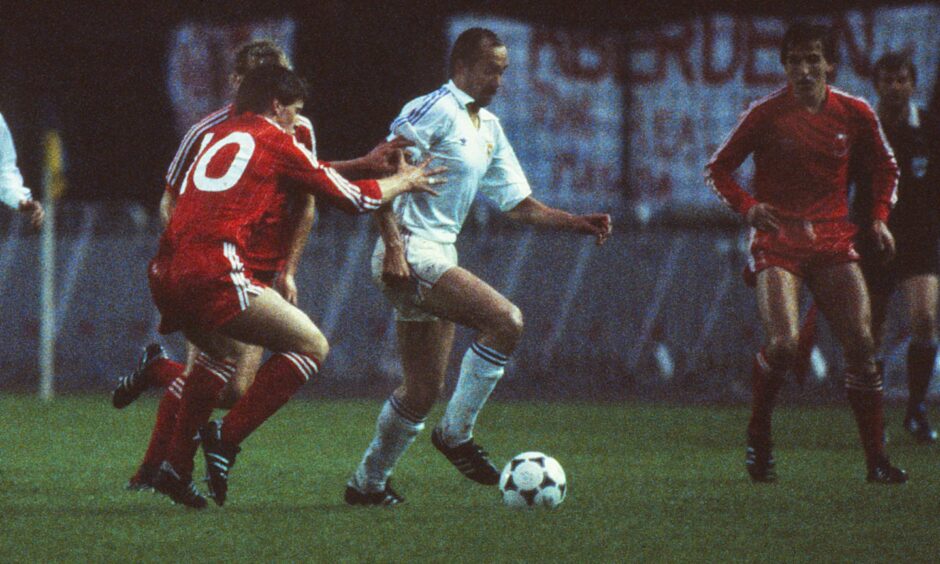
Eric Black was just 19 when he scored the opener for Aberdeen against giants Real Madrid in the 1983 European Cup Winners’ Cup final in Gothenburg.
Another player named in the starting XI, the late Neale Cooper, was a month younger than Highlands-raised striker Black, while the other starting central midfielder, Neil Simpson, was only 21.
John Hewitt, who came off the bench to net the Dons’ extra-time winner, was barely out of his teens at 20.
It is almost unfathomable to think, in the present day, a provincial side like Aberdeen could take on a club who had already won six European Cups, and win.
Especially with such youth in their ranks.
The need to perform in front of thousands of expectant supporters who had travelled to the Ullevi Stadium in Sweden, and the multitudes watching on television back home – it was a lot of pressure on the players’ shoulders, especially those who were barely men.
But the will to succeed had been built into the youngsters in the Pittodrie youth academy, and then honed by Reds manager Alex Ferguson.
However, Black revealed the momentous occasion of a European final was enough for even the uncompromising Ferguson and assistant manager Archie Knox to rein in their demanding approach in the build-up to the game.
Black, who will still only be in his late-50s during May’s Gothenburg 40th anniversary celebration weekend, said: “Even prior to leaving, Sir Alex and Archie had taken the sting out of it a little bit, which was unusual to us because he used to hype it up as we went along for the Saturday, but I think he realised that it was going to be a massive event, and the media would be contributing quite a bit in terms of putting pressure on and hyping the whole thing up, so he went the other way.
“It was good management.
“I remember him taking the heat out of it a little bit, and we only got the information on the (Real Madrid) players and how they would play, and then it was put to bed.
“We just kind of trained for the week and left.”
Black: Fergie’s approach to keep players calm in days before final
Ahead of flying out to Gothenburg for the showpiece clash with Madrid, there was further evidence the game would be a new frontier for an Aberdeen team already winning trophies domestically, and who had made an impression on the Continental stage with their quarter-final win against Bayern Munich and semi victory against Waterschei.
Black, who also scored in the last-four against the Belgians, recalls “a little bit more press, there was a few more cameras, and there were more people” at Aberdeen airport.
But Black thinks the Dons’ accommodation over in Sweden, the secluded Fars Hatt hotel, helped focus the mind.
And, although they trained at the stadium as they normally would on European trips the night before the game (Black describes the pitch as “heavy” even before the deluge of match-day rain which almost saw the final postponed), Fergie would again stray from his normal big game build-up blueprint to help his players – naming his team before bed, rather than the following day a couple of hours before kick-off.
Black added: “I think it was just a totally different approach in terms of, obviously, the pressure was on constantly at Aberdeen to win games.
“As the training process got through the week, then the selection process has started to go into the manager’s mind, so it was extremely competitive and he didn’t discourage that.
“But he kind of relaxed a little bit on it, or externally he relaxed on it, to try to give us that kind of feeling that: ‘Okay, this is just another game we can get through.’
“It wasn’t that ‘going on to the stage for a European final’ (rallying cry) or whatever.
“So all that changed, I thought dramatically, from what we’d been used to obviously – and it worked.”
‘I felt nerves in dressing room and walking out – but they disappeared’
Ferguson’s adapted approach worked in the sense Aberdeen would go on to record one of Scottish football’s most famous results in claiming the club’s first European trophy.
However, Black – already a Scottish Cup winner in ’82 – still remembers having Gothenburg pre-match nerves about taking on the likes of Real’s Santillana, Uli Stielike and Johnny Metgod.
He said: “A European cup final is a totally different thing.
“I remember obviously being nervous about it. But that’s not abnormal – I think it’s a good thing.
“I think it shows that you’re focused on what you’re going to do.
“I remember I was nervous in the dressing room, and even coming out the tunnel. I was nervous walking on to the pitch.
“Once you actually start the game, I always had a process of focus on making my first touch in the game really good.
“I knew that the ball 90 times out of 100, was going to come up to my feet with a defender behind me. As long as I can control it and lay it off to a midfielder, then I was in the game.
“Once the game started, you know, the crowd, everything, feels like it dilutes by 50%, because you’re focusing on trying to perform.”
Crossbar, then goal within a minute as Black gives Dons lead
A reliable big-game player for Aberdeen, Black’s performance early in the Gothenburg final certainly did not reflect a young forward who was nervous to be playing in the most important fixture of his fledgling career.
On five minutes, he crashed a spectacular volley off Euro heavyweights Real’s crossbar – admitting he would have preferred to have scored with the effort rather than the goal he did net just one minute later.
Soon after the woodwork denied Black, Gordon Strachan would float a corner delivery to the back post for Alex McLeish, with Black clipping the defender’s knockdown home.
He said: “I can certainly remember from the time the ball was hit and I remember it going over my head.
“The only thought in my mind was to turn and see where the goalkeeper was and I tried to get in line with Alec and the goalkeeper, you know, so that he (the goalie) couldn’t see the ball.
“And then, as the ball was coming back past me, at that point you just turn and you react.
“Thankfully it fell and I managed to put it in the corner.
“The euphoria of scoring is fantastic.
“But within 30 seconds we’re ready to go again and you have to forget it and move on.
“I don’t remember a lot of the minute-to-minute things, but I just remember the performance been really positive.
“And then obviously just before half-time when we concede the goal.”
The most important injury in Aberdeen’s history?
Black says he spent half-time in Gothenburg “looking at my boots” as debate raged in the Aberdeen dressing room over the unsuccessful backpass from Alex McLeish which had resulted in the Dons being pegged back by a penalty.
The young striker would then play a second significant hand in Aberdeen’s most famous victory when he was forced off just before the end of the 90 minutes with an ankle injury – a product of an existing issue exacerbated by the now-boggy Swedish pitch, rather than rough treatment from Los Blancos.
The score was still poised at 1-1 when Black was substituted, with Ferguson sending on extra-time matchwinner Hewitt in his place.
Black laughed and said “without doubt” when asked if the injury which necessitated Hewitt’s introduction was the most important one in Aberdeen’s history.
‘I don’t think I really took it all in at the time’
Like his team-mates, Black’s account of the aftermath of the Dons’ European Cup Winners’ Cup triumph is of a subdued night back at their hotel, with a meal and a few drinks, contrasted by “unbelievable” scenes the following day on their arrival back in the Granite City.
He said: “It was incredible. I’d never seen, and never will see, scenes like that in Aberdeen again – unless hopefully they can, they can win something.
“Honestly, from we started from the airport, and even then, going through Bucksburn and bits and piece, there’s people on the street. And you’re thinking: ‘That’s nice, people making an effort and coming out,’ but, by the time we got to, say, Union Street, it was absolutely choc-a-bloc.
“You couldn’t see the streets, people were hanging out windows, the whole pavements were covered. It was just incredible.
“A phenomenal, phenomenal turnout.”
Black’s success in his six seasons as part of Ferguson’s golden era Aberdeen sides was phenomenal.
He scored an extra-time winner to defeat Rangers 1-0 at Hampden and secure the Dons’ second consecutive Scottish Cup 10 days after Gothenburg.
Before he reached 21, he would add the European Super Cup, a Premier Division winner’s medal and a third Scottish Cup to his haul – again scoring in the final.
A second league crown and the League Cup would follow before his departure for French side Metz in 1986.
Black feels it is only now, as the Gothenburg Greats mark four decades since their most iconic success, the people involved in all of those great wins – some who were right at the start of their footballing careers – are able to fully appreciate their list of exceptional achievements.
He said: “Unfortunately, I don’t think you take it all in.
“I mean, you have a fantastic time and it’s a little bit surreal to some degrees, but you’re quickly back into obviously playing again and training again and focusing on another match.
“So I don’t think I really took it all in at the time.
“I mean, at Aberdeen, I was fortunate enough to score five cup final goals, which, I think, you know, I would never ever thought that that could have been possible.
“At the time, it’s fantastic. But looking back now, you look back on it with a bit of pride.
“People I’ve played with especially – I look at how fortunate I was to have those (players) around me.”
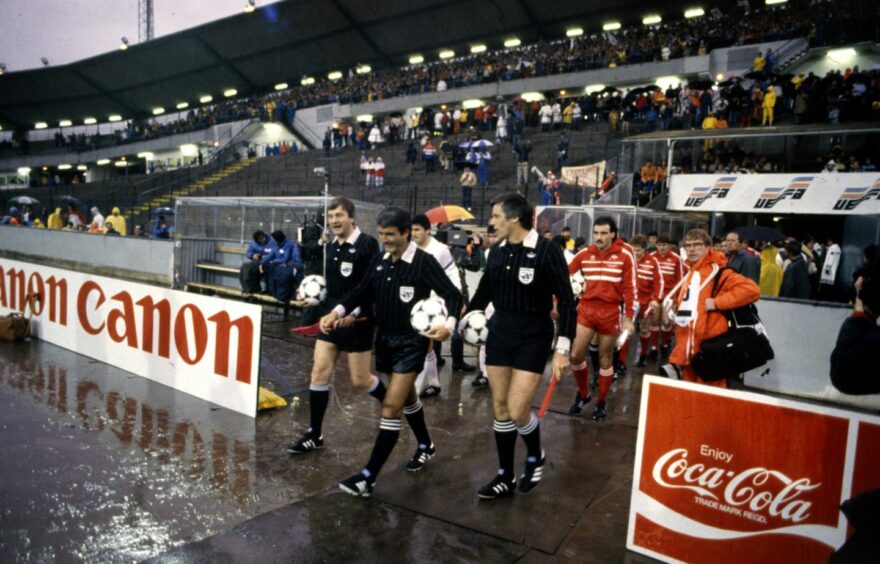
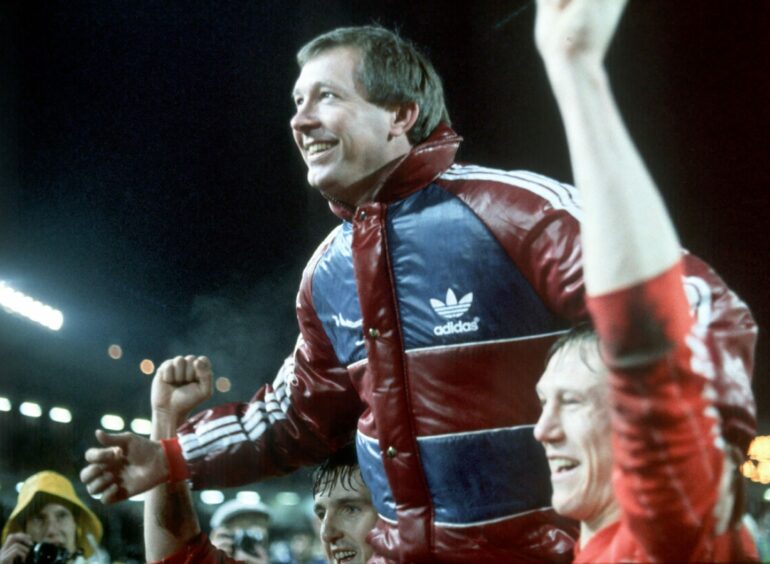
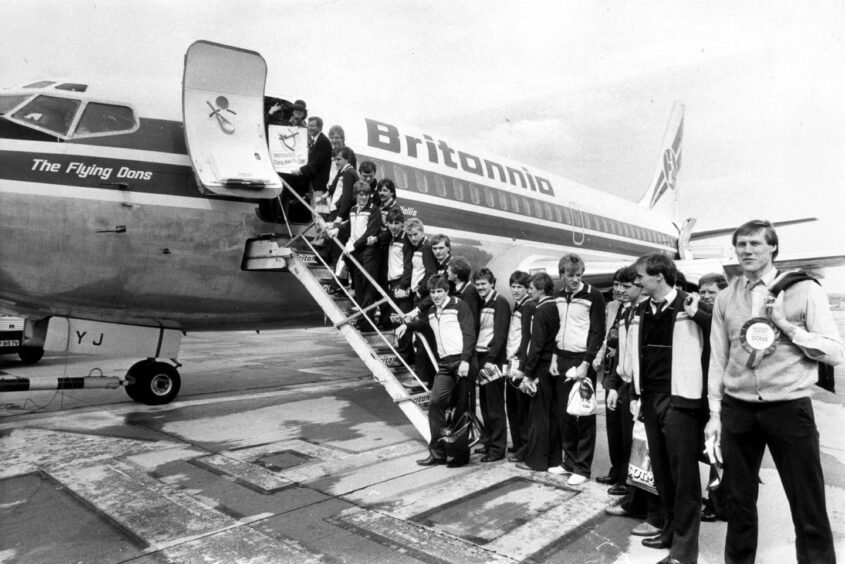
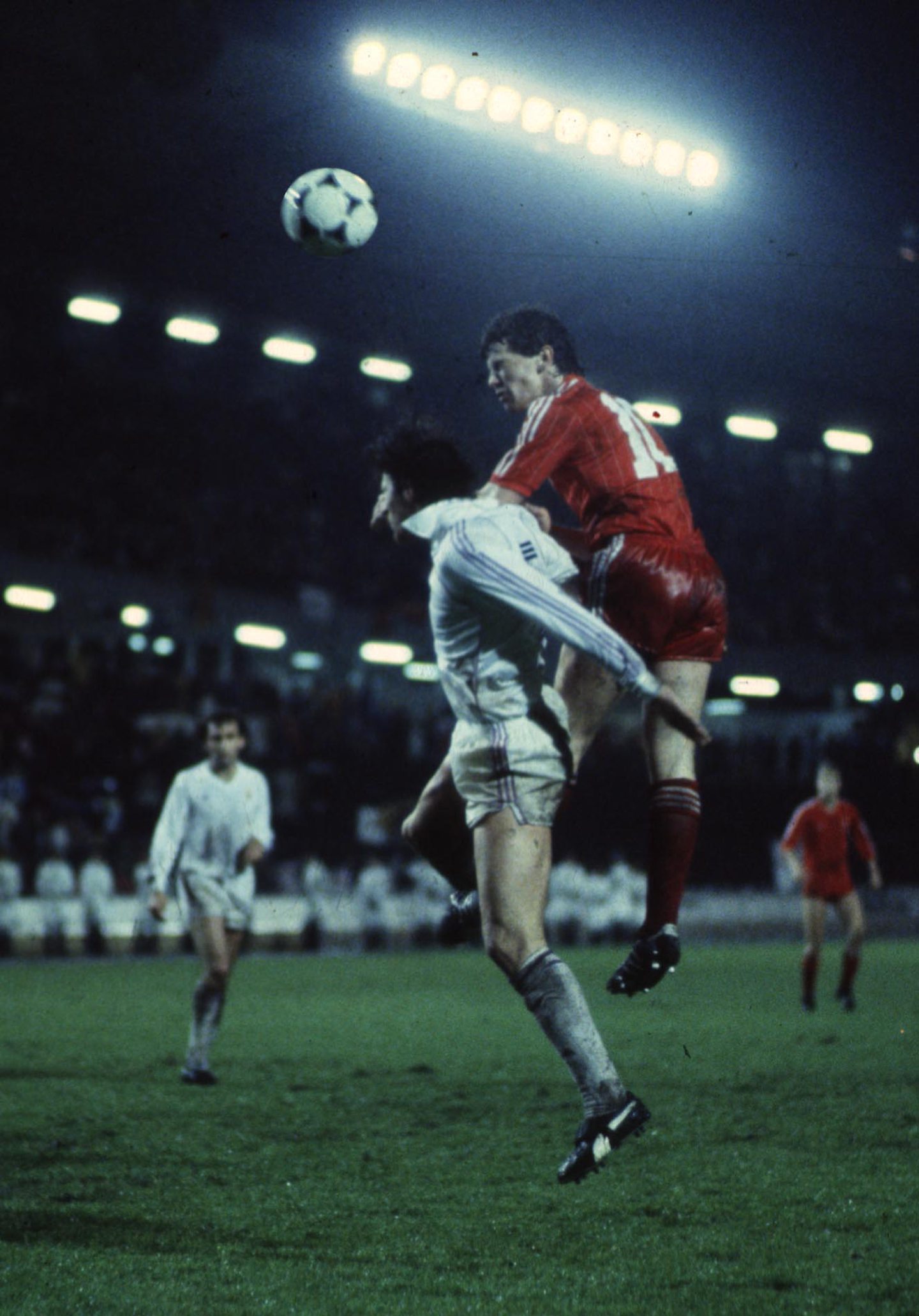
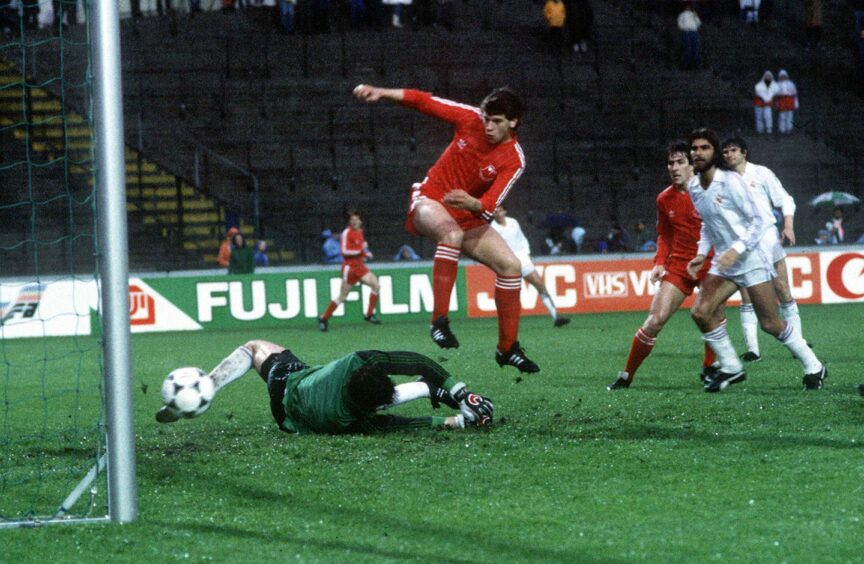
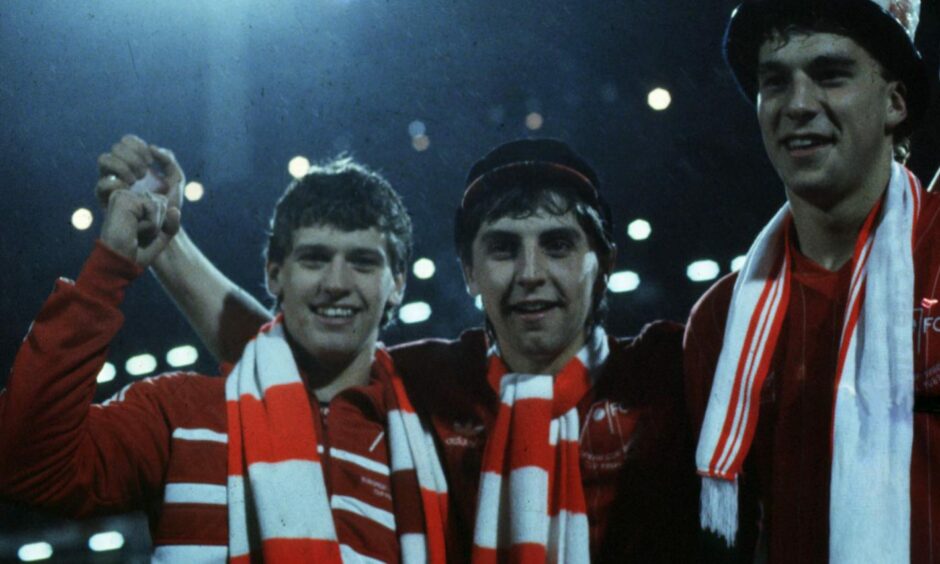

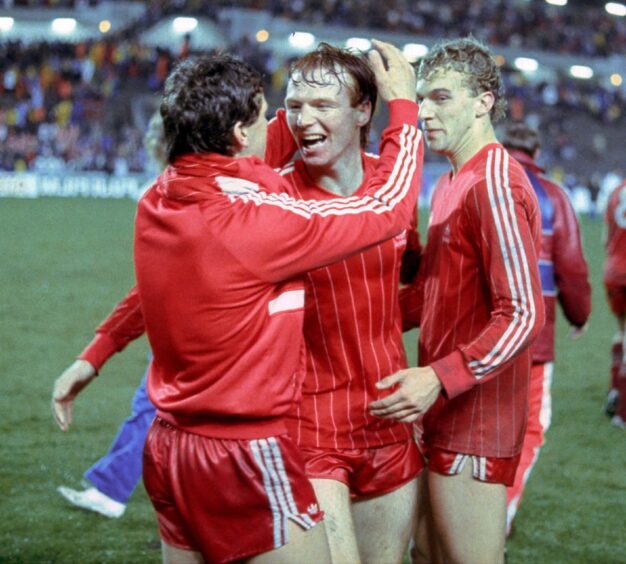
Conversation